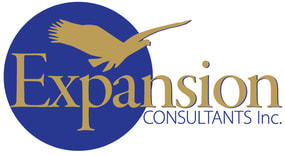Reviewed by Tina Esposito, OD
Midwestern University Arizona College of Optometry
The study assessed five patients (45.4+/- 7.1years) with chronic complete bilateral vestibular loss, nine patients with cerebellar ataxia (56.7+/-12.6 years), and 10 healthy controls (39.7 +/-6.3 years). Head inertia was increased while patients performed large (75 and 80 degree) horizontal gaze shifts towards briefly flashed targets in darkness. Gaze shift parameters were compared to the expected optimal movements with increased head inertia. This was done to determine the contributions of the vestibular system and the cerebellum to learning gaze optimality. Angular positions of eye and head in space were recorded with the search-coil technique. Subjects were instructed to perform gaze shifts naturally in response to flashed targets located horizontally 35 or 40 degrees to the left or to the right of center. They were asked to maintain gaze position in darkness until a new target appeared. The target was flashed in darkness for <100ms. After a control, the head moment of inertia was increased by eccentrically placing weights attached to a helmet and repeated.
Increasing the head moment of inertia led to characteristic head oscillations, more pronounced in patients with vestibular loss and patients with cerebellar ataxia than healthy subjects. In patients with vestibular loss, gaze oscillated together with the head. In healthy subjects and patients with cerebellar ataxia, they compensated for these head oscillations by counter-rotation of the eyes. Patients with chronic bilateral vestibular loss failed to update any of the gaze shift parameters to the new optimum with increased head inertia, however they displayed highly variable gaze shifts. Those with cerebellar ataxia updated some movement parameters but inaccurately undershot the target leading to an average gaze error of 11.4+/2.0 degrees.
This study confirms the importance of vestibular online feedback mechanisms for gaze stabilization and shows that vestibular input is relevant for feed forward motor learning. Based on the literature, the importance of vestibular information for motor learning implies that patients with incomplete bilateral vestibulopathy, and patient’s cerebellar ataxia, should be advised to actively move their head whenever appropriate.
[1] Agrawal Y, Carey JP, Della Santina CC, Schubert MC, Minor LB. Disorders of balance and vestibular function in US adults: data from the National Health and Nutrition Examination Survey, 2001-2004. Arch Intern Med. May 25 2009;169(10):938-44

 RSS Feed
RSS Feed

